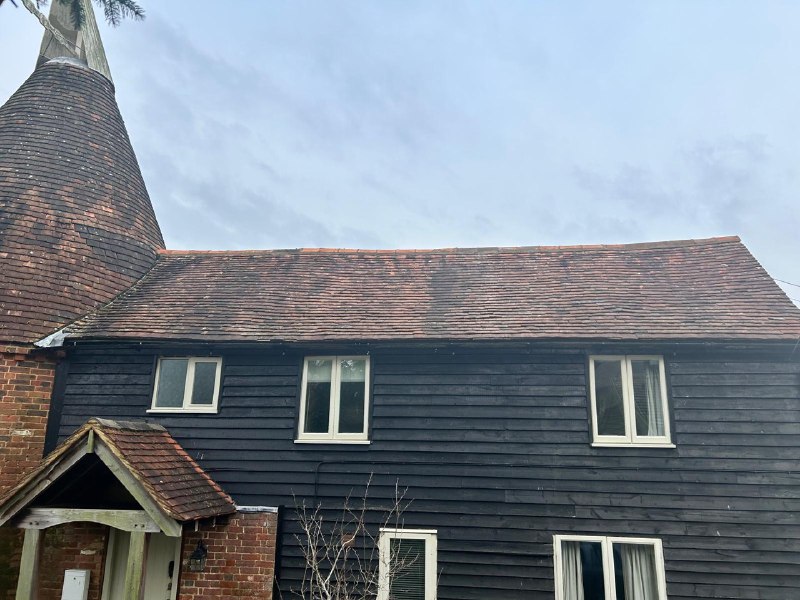Ensuring Roof Stability: Assessing Structural Integrity Post-Slipped Tile Repair
Introduction: Repairing slipped tiles is crucial for maintaining the integrity of your roof and preventing further damage. However, it’s equally important to assess the roof’s structural integrity after the repair to ensure its stability and longevity. In this blog post, we’ll discuss essential steps for homeowners to assess the structural integrity of their roofs following slipped tile repair, providing peace of mind and confidence in the roof’s ability to withstand the elements.
Visual Inspection:
- Begin by visually inspecting the repaired area and surrounding roof components. Check for any signs of damage, such as cracks, leaks, or water stains, that may indicate underlying issues with the roof structure. Please pay close attention to the repaired tiles to ensure they are securely in place and properly aligned with adjacent tiles. Look for any gaps or unevenness that could compromise the integrity of the repair.
Interior Inspection:
- Inspect the interior of your home for any signs of water damage or moisture infiltration that may indicate roof issues. Check ceilings, walls, and attic spaces for water stains, mould growth, or dampness, particularly in areas directly beneath the repaired section of the roof. These signs could suggest ongoing leaks or structural weaknesses that require further investigation and repair.
Conduct a Water Test:
- Perform a water test to assess the effectiveness of the repair and identify any areas of concern. Use a hose to simulate rainfall by spraying water onto the repaired section of the roof and surrounding areas. Observe how water flows off the roof and check for any signs of leakage or pooling that may indicate inadequate repair or underlying structural issues. Please pay attention to areas where slipped tiles were repaired to ensure they remain watertight and secure.
Check Roof Flashing and Sealants:
- Inspect roof flashing, sealants, and other waterproofing components to ensure they are intact and properly sealed. Damaged or deteriorated flashing can compromise the roof’s integrity and lead to water infiltration. Look for signs of rust, corrosion, or gaps in flashing around vents, chimneys, and other roof penetrations. Reapply sealants or repair flashing to maintain a watertight seal and prevent future leaks.
Monitor Roof Performance Over Time:
- After assessing the roof’s structural integrity following slipped tile repair, please continue to monitor its performance over time. Look for any signs of recurring issues, such as loose tiles, leaks, or water stains that may indicate ongoing problems with the roof. Address any issues promptly to prevent further damage and ensure your roof’s long-term stability and durability.
Conclusion: Assessing the structural integrity of your roof after slipped tile repair is essential for ensuring its stability and protecting your home from water damage and other issues. By following these steps and conducting thorough inspections, homeowners can identify any potential issues early on and address them promptly to maintain the integrity of their roofs.
Call us on: 01767 660 597
Click here to find out more about SAR Roofing Biggleswade
Click here to complete our contact form and see how we can help with your roofing needs.

